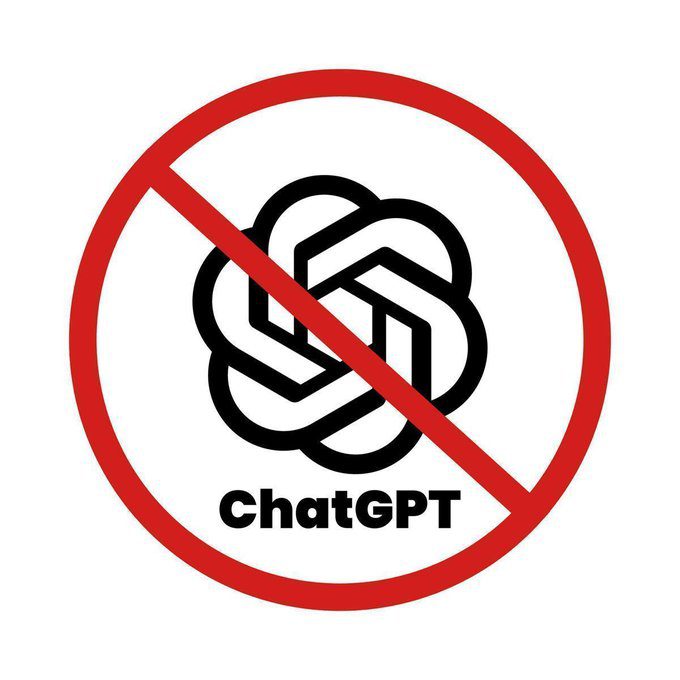Introduction to Multimodal AI
The advancements in artificial intelligence (AI) have been nothing short of revolutionary, particularly with the development of multimodal AI models like GPT-4o and Google’s Gemini. These models are not only capable of understanding and generating text but also excel in analyzing images. This capability is particularly useful for tasks that require visual data interpretation, making them ideal for a wide range of applications.
Understanding Multimodal Capabilities
Both GPT-4o and Gemini are designed to be multimodal, meaning they can process and interpret multiple types of data, including text, images, and even audio. This is a significant leap from traditional AI models that were primarily text-based. The ability to analyze images as effectively as text opens up new possibilities for AI applications in various industries.
Applications of Image Analysis
The ability to analyze images is crucial for tasks that involve visual data interpretation. For instance, in the healthcare sector, AI can assist in diagnosing medical images such as X-rays and MRIs. In the retail industry, AI can help in visual merchandising and inventory management by analyzing product images. Similarly, in the field of security, AI can enhance surveillance systems by identifying and analyzing objects and activities in real-time.
Google’s Gemini Pro 1.5
Google’s Gemini Pro 1.5, which recently entered public preview on the Vertex AI platform, is a prime example of a multimodal AI model. It boasts a large context window and the ability to process vast amounts of data, including images, videos, and audio streams. This makes it particularly useful for comprehensive analysis and generation tasks. Early users of Gemini 1.5 Pro, such as United Wholesale Mortgage, TBS, and Replit, have leveraged its large context window for tasks spanning mortgage underwriting, automating metadata tagging on media archives, and generating, explaining, and transforming code.
Performance and Capabilities
Gemini 1.5 Pro can process up to 1 million tokens, equivalent to approximately 700,000 words or 30,000 lines of code. This extensive context window allows it to analyze lengthy documents and large datasets efficiently. The model’s multimodal capabilities enable it to understand and interpret images, making it a versatile tool for various applications.
Challenges and Limitations
Despite the impressive capabilities of multimodal AI models like Gemini, there are still challenges to overcome. For instance, recent studies have shown that while models like Gemini 1.5 Pro can technically process long contexts, they sometimes struggle to understand the content fully. In tests involving large datasets, the models gave the correct answer only 40%-50% of the time. This highlights the need for continuous improvement and better benchmarks to evaluate the true capabilities of these models.
Future Prospects
The future of multimodal AI looks promising, with ongoing developments aimed at enhancing their capabilities. Google’s Gemini 2.0, for instance, is expected to bring even more advanced features, including enhanced multimodal reasoning, tool use, and faster processing. This new version can generate images and audio natively and access third-party apps, making it a powerful tool for various applications.
Conclusion
Multimodal AI models like GPT-4o and Google’s Gemini are revolutionizing the way we interpret and analyze data. Their ability to understand and analyze images as effectively as text opens up new possibilities for AI applications across various industries. As these models continue to evolve, we can expect even more advanced capabilities that will further enhance their utility and impact.
Related Articles
- Building Advanced AI Applications with Google’s Gemini Models
- Best LLMs Courses to Boost Your AI and Machine Learning Skills
- Google Gemini Finally Beats ChatGPT: The Future of Generative AI
- MysticLabs AI
- Best ChatGPT Cheat Sheet to Help You Automate Everything

Looking for Travel Inspiration?
Explore Textify’s AI membership
Need a Chart? Explore the world’s largest Charts database
